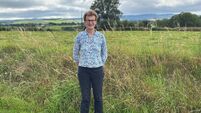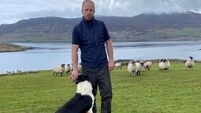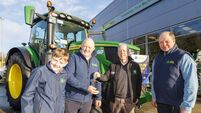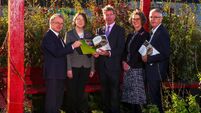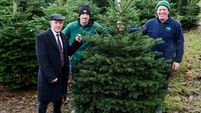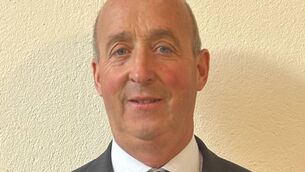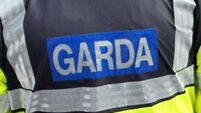Signpost: When I start feeding silage, I start with the red clover bales
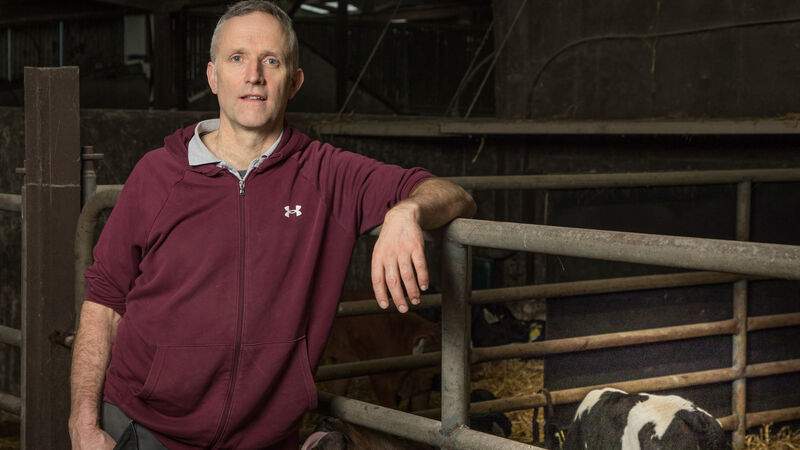
Dermot Walsh: 'I recently administered the salmonella vaccine to all the cows as a preventive measure to ensure their health and wellbeing.' Picture: David Creedon
I walked the farm on October 21. We have a farm cover of 1109kg DM/ha and a cover per LU of 415. Growth is currently at 16kg DM/ha and demand is at 40kg DM/ha.
Things are pretty good for grass, but when you look into the wedge, I have about six paddocks over 2,000 kg DM/ha, which I am currently grazing. In a week's time, these paddocks will be grazed off, and the next few paddocks will be around the 1,500 to 1,600 mark.
Currently, there is no silage in the diet. I have the cows out at grass full time with 5kg of concentrate in the parlour. This might seem a bit high to be feeding 5kg of concentrate but I would rather them have a bit more concentrate than silage, as I think they wouldn’t graze the heavy paddocks as tightly if they were on silage.
As the time changes, I think I will have to bring the cows in at night. We can’t complain with this as we are nearly into November.
When I do have to start feeding silage, the red clover silage bales will be used first. Research has shown that they are higher in protein than ordinary grass silage bales, so I hope this will keep my milk solids up.
I hope to keep the cows out by day once the time changes. I think I will have the cows in full time from the 15th to the 20th of November.
Current milk production is around 16.5 litres with butterfat at 4.99% and protein at 4.41%. That works out at about 1.6kg/ms per cow per day.
I recently administered the salmonella vaccine to all the cows as a preventive measure to ensure their health and wellbeing. Following the vaccination, the animals are reported to be doing well, with no immediate side-effects observed. This proactive step highlights the farm’s commitment to maintaining livestock health and preventing disease outbreaks.
This morning, eight cows were selected for drying off due to a noticeable decline in their milk production. The decision to dry off these cows comes as part of routine herd management to maintain overall health and optimize milk quality in the remaining herd.
I will have to go through my milk recording results soon to see which cows may be suitable for selective dry cow therapy.
Preparations for the upcoming winter are underway, with slatted houses being readied to provide comfortable shelter for the livestock. At the same time, all machinery is being thoroughly washed and cleaned before being put away for the season, ensuring everything is in top condition for next use.
The in-calf heifers are expected to return home around the end of October. These heifers represent the farm’s replacement stock for the upcoming spring, playing a crucial role in maintaining and growing the herd for the future. I scanned my 38 heifers on October 22, and only one of them came back not in calf.

